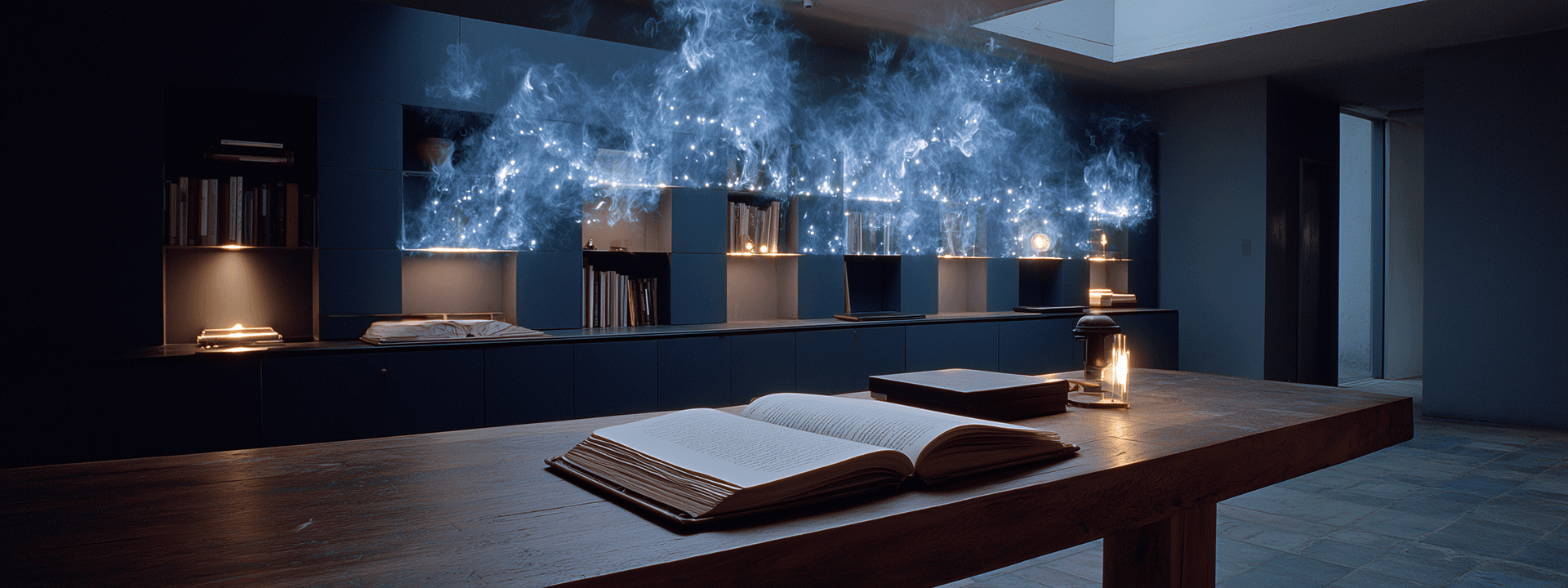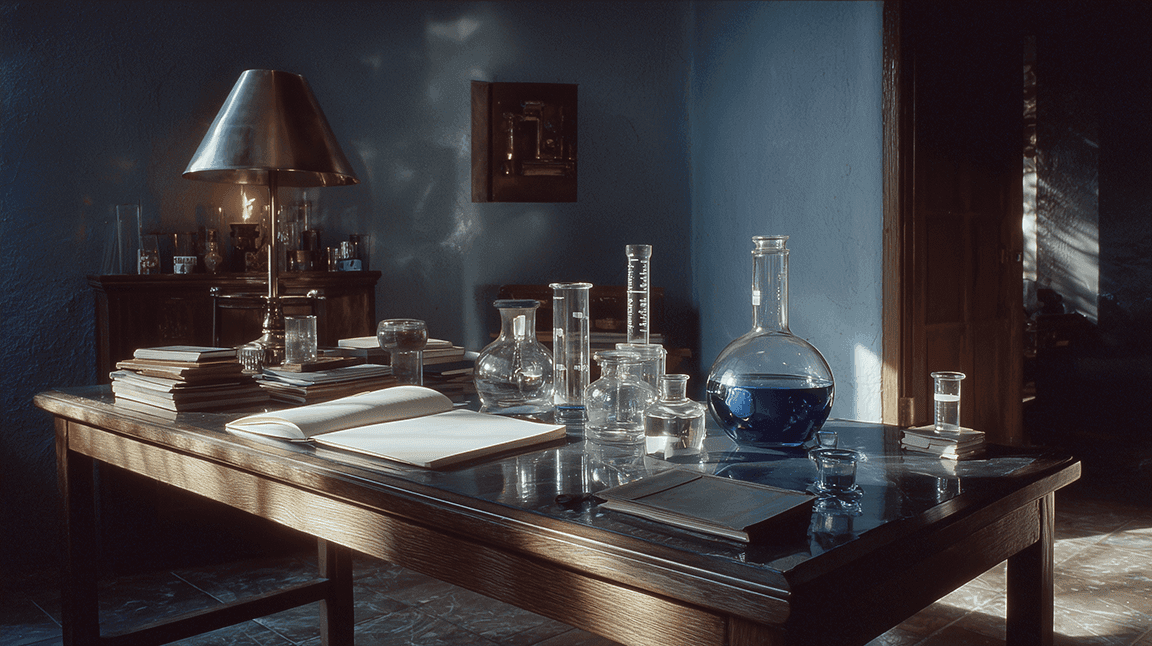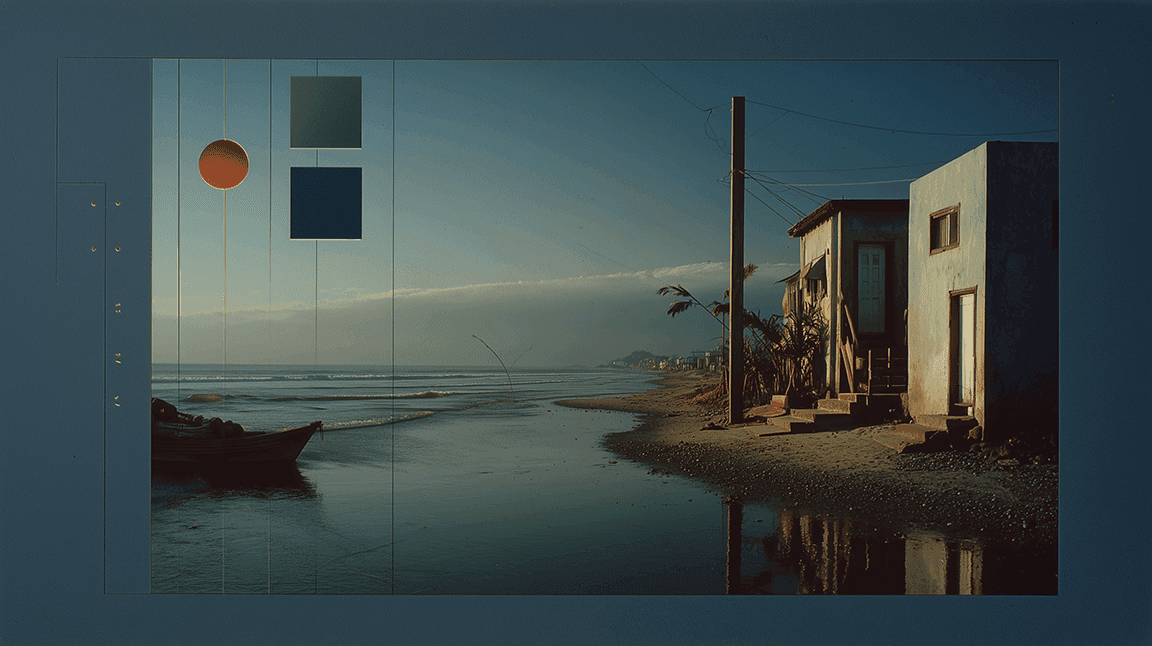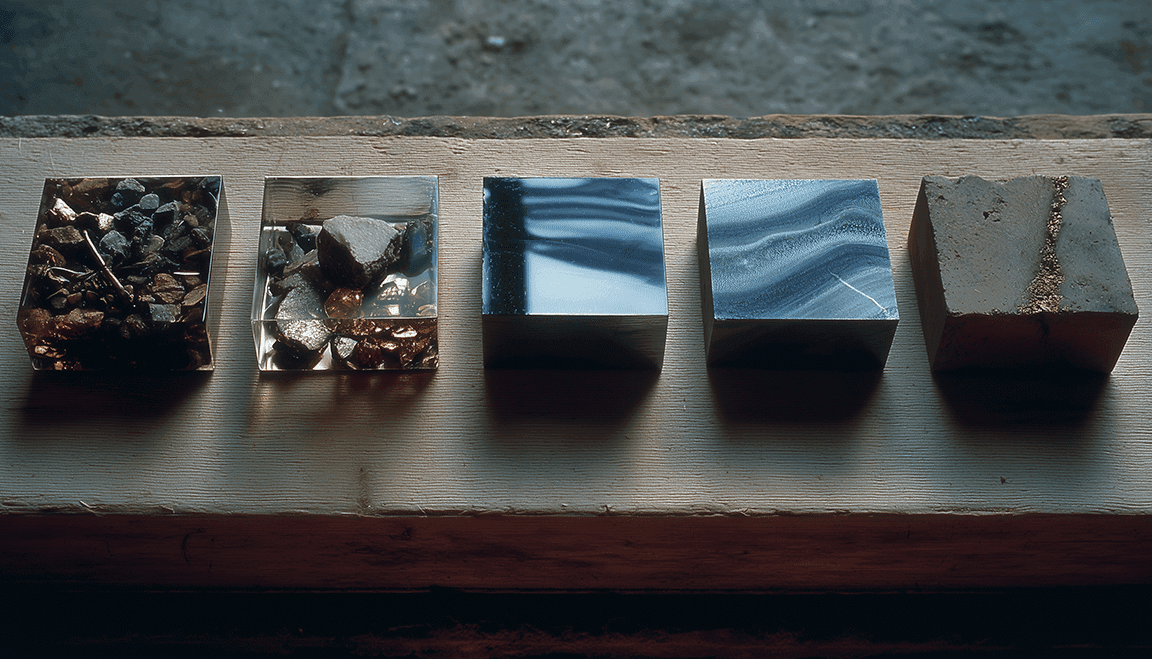
The Prompt as an Art Form: From Instruction to Incantation
A craft guide to prompt writing that reads like poetry with a job, complete with anatomy, patterns, repairs, and studio habits that turn language into a lever for distinctive work.
Short version: a prompt is not a wish list. It is a shaped act of language that sets constraints, evokes memory, and stages a performance by the model. Treat it like poetry with a job to do.
The shift from instruction to incantation
Early prompts sounded like tickets at a help desk. Do this. Then do that. Output in bullet points. Keep it short. That style still works for routine tasks. It does not produce distinctive work. As models grew, we learned that the right words do more than instruct. They summon. They build a little theater in the model’s latent space, light the stage, and cast the roles before the first line appears. The best prompts feel more like a short verse than a spec. They are precise and musical. They use contrast. They hide a skeleton of structure inside language that feels alive.
Incantation is a useful metaphor because it captures two truths at once. First, a prompt must be concrete. Second, it must be evocative. If you only write concrete constraints, you get a stiff answer. If you only write vibes, you get a cloud. The art is in the braid. You tell the model where not to wander, then invite it to bring back something you did not expect. That is not magic. It is craft.
Anatomy of a masterful prompt
Strong prompts share a few bones. They declare a goal, set a role, stage a scene, encode constraints, and define a finish line. Then they add tension so the model makes a choice, not a list. Here is a simple scaffold you can reuse.
- North Star: one clear sentence that states the outcome.
- Role and register: who is speaking and to whom.
- Scene and imagery: a compact set of concrete images or metaphors.
- Constraints with teeth: rules that matter and will be checked.
- Tension pair: two qualities that must live together.
- Structure cue: outline or rhythm that shapes the form.
- Finish line: how to know when we are done.
You can write this scaffold as bullets or wrap it in prose so it reads like a small poem. Both work. The choice depends on the medium and the team that will read it later.

Three prompts, taken apart
Let's examine three short prompts. One for writing, one for design language, one for sound.
1) Writing: a humane explainer
Prompt (incantation form):
"Write a 300 word explainer for parents who want to understand a new e-bike subscription. Speak as a neighbor who fixes bikes on weekends. Picture a kitchen table at 7 pm, two mugs, not a showroom. Use one number that matters more than price. Keep the rhythm like a calm conversation. Promise convenience without using that word. End with a single sentence that a friend could text."
- North Star: clear outcome and length.
- Role and register: neighbor voice trims jargon.
- Scene: a kitchen table anchors tone and detail.
- Constraint: one number forces specificity.
- Tension: sell utility while avoiding sales words.
- Structure: rhythm cue plus a clean finish.
Watch for: if the model lapses into brochure voice, add a hard constraint such as "ban phrases like seamless, next level, and revolutionize."
2) Design language: a palette with story
Prompt:
"Propose a 3 color palette for a climate tech brand that feels warm and responsible. Ground it in a real scene at golden hour in a small coastal town. Name each swatch like a paint chip with place lore. Provide contrast pairs that pass WCAG AA for body text. One accent can be copper or nickel, never teal."
- North Star: 3 colors with purpose.
- Scene: golden hour and place create a memory anchor for hue.
- Constraints: WCAG and a ban list.
- Tension: warmth with responsibility avoids childish saturation.
- Structure: names with lore that make handoff easier.
Watch for: if the names feel twee, add "avoid cuteness."
3) Sound: a 15 second loop
Prompt:
"Compose a 15 second audio loop for a product teaser. No melody. Texture only. Think tide breathing through a wooden pier at night, with one low bell at second 8. Keep the noise floor calm so a voiceover can sit on top. Deliver a short rationale that explains timing in plain words."
- North Star: fixed length and target artifact.
- Scene: tide and wood translate into texture choices.
- Constraints: no melody, room for VO, include a cue.
- Structure: a bell at a timestamp creates spine.
- Finish line: a rationale we can share with stakeholders.
Watch for: if the loop is dense, add "mix for -16 LUFS and leave breathing room."

Poetic devices that do work
You do not need to become a poet to write like one. Use a few devices that give language shape.
- Metonymy: use a concrete part to evoke a whole. "Kitchen table at 7 pm" brings a family, a day, a light.
- Parallelism: repeat a form to set rhythm. "Name, then the why.” “A short line, then a concrete example."
- Negative space: ban a small set of words. Bans force invention.
- Tension phrases: "calm but not sleepy," "bright but not loud," "playful but not cute." Tension forces specific choices.
- Anchor numbers: one number that cannot be faked. Time, distance, wattage, count. Numbers make language honest.
Incantations must be vivid enough to focus attention and modest enough to leave room for discovery.
The ethics of summoning
Prompts do not live in a vacuum. When you evoke a place, a craft, or a culture, you assume responsibility. If you ask for “Renaissance painter with a modern twist,” decide whether you are referencing a shared tradition or a living artist’s signature. If you ask for “street vendor style,” do not flatten a whole community into a prop. This is not a ban. It is a nudge to write with care. Add credit plans and provenance notes into your process so the words you use to conjure do not erase the sources you draw from.
Structure beats adjectives
Many prompts drown in adjectives. Lush, cinematic, hyper detailed, award winning. These words tell the model to paint the edges harder. They do not tell it what to build. Replace chains of adjectives with structure.
- Instead of "cinematic," specify camera grammar: "start wide, slow dolly in, settle on a still frame with a small movement in foreground."
- Instead of "beautiful," specify constraints: "grid with 12 pt base, 1.5 line height, 4 column hero with one bleed element that crosses the fold by 24 px."
- Instead of "vintage," specify materials: "film grain sampled from 1970s 16 mm scan, warm shift on the shadows, slight halation on highlights."
Structure travels across mediums. It is easier to translate, easier to review, and easier to defend.
The spellbook: reusable prompt patterns
Here are seven patterns you can keep. Adjust language to taste.
-
The Neighbor Explainer
“Explain X to Y in Z words. Speak as a neighbor who does W. Set the scene at A with B and C. One number that matters more than price. Avoid D, E, F. End with one textable line.” -
The Field Note Frame
“Write as a field note from the first test run of X. Include one thing that surprised you, one failure, and one decision you would change. Use short sentences. No marketing words.” -
The Bridge Builder
“Propose three ways to connect concept X with domain Y. Each must force an additional step in our process. Show the step. One sentence each.” -
The Motif Generator
“Generate 5 structural motifs for a landing page about X. Each motif must change layout, motion, and copy choices. Name each motif like a pattern library entry. Include do and do not.” -
The Palette With Lore
“Propose a 3 color palette grounded in a real scene at time T in place P. Name each swatch with a short place note. Provide WCAG AA pairs for body text and small labels.” -
The Sound Without Melody
“Compose a 15 second loop with no melody for X. Evoke Y and Z. Include one timed cue at second K. Mix so a voiceover can sit on top. Explain timing in two sentences.” -
The Constraint Dance
“Design a solution for X under these rules: budget ceiling B, device D, audience A. Surprise me once without breaking a rule. Point to the surprise.”
Failure modes and how to repair them
Even strong writers drift into a few traps. Here is how to catch and fix them.
- Kitchen sink prompts: too many asks in one breath. Fix by separating concept from constraints. Put constraints in a small checklist at the end.
- Vibe fog: all imagery, no bones. Fix by adding a structure cue and a finish line.
- Over-specificity: a paint-by-numbers that freezes the model. Fix by adding a single open question that invites choice.
- Buzzword creep: “seamless, innovative, cutting edge.” Fix by adding a ban list and a role that cannot speak in slogans.
- No audience: writing for the author, not the reader. Fix by naming the person, time, and place. Readers live in scenes.

Teaching taste through prompts
A good prompt encodes taste. That is why it is a lever for teams. When you write prompts that name moves and explain trade offs, juniors learn faster. They see that you prefer one kind of tension over another, that you avoid cheap tricks, that you respect constraints because they make work stronger. Over time the prompt library becomes a studio style guide that is alive. New hires can copy the rhythms and then add to the book with their own named patterns. That is how culture compounds.
Style is the residue of repeatable choices. Put those choices in the language you use to summon work.
Prompt as score, model as band
Another way to frame the art is musical. A prompt is a score. The model is a band that can sight read any genre. You do not shout at the band. You hand them a chart with tempo, key, and a few notes about feel. You point to the section where you want the horns to swell. You leave space for a solo. You mark the coda so the ending lands clean. When the band follows the score and adds their voice, you nod, not because the band obeyed, but because they played with you.
Translated back into language, this means write tempo and structure. Ask for one place where the model can take a tasteful solo. Give it a cue to return. These moves sound soft. They are sharp.
The feedback loop that sharpens incantations
Treat each prompt like a product. After a generation run, run a short retrospective.
- What part of the prompt moved the needle.
- What part was ignored.
- What came out clichéd.
- What concrete constraint saved you from a bad path.
- What new named move did you learn.
Edit the prompt. Save both versions. Over a month you will see your prompts shorten as your bones get stronger. You will also see where a longer incantation pays off. Not every brief needs poetry. Some need a clean checklist. The art includes knowing which is which.
Crafting Overview
A prompt is not a memo to a clerk. It is a small performance that prepares a larger one. When you write prompts as incantations, you are not being precious. You are being specific about how discovery should feel and where it should land. You are shaping attention, not just dictating steps. Do it well and your work will carry a voice that is hard to fake.
The trick is simple to say and lifelong to learn. Name the goal. Stage the scene. Set rules that bite. Add a tension that forces a choice. Give a spine. Mark the end. Then listen. If the model plays something you did not predict but wish you had, smile and make room. That is the moment the prompt becomes art.